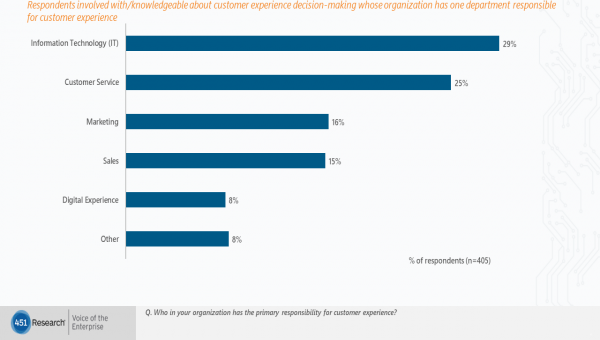by Scott Denne
Verint Systems occupies a prime portion of the customer experience software market with an aging portfolio. Now it’s splitting off a smaller, low-growth part of its business in a deal that could give it more currency for acquisitions as the call-center software vendor updates its software suite to meet the changing needs – and rising budgets – of customer service groups.
With an investment from Apax Partners, Verint plans to separate its customer experience software business and its cyber-intelligence unit into two publicly traded companies. Apax will invest $400m across two tranches for a minority stake in the customer experience division. The buyout shop already knows part of the business – it was a previous owner of ForeSee Results (through its ownership of Answers.com). ForeSee, a customer survey specialist that Verint bought in 2018, is a key part of Verint‘s Unified VoC product.
But voice of the customer (VoC) is only a modest, if faster growing, part of Verint’s customer experience business today. Even after the split, Verint will be an on-premises call-center software company that’s growing in the high-single digits. There’s an opportunity to accelerate that growth given the market it plays in.
Our data show that customer service is drawing an outsized share of budgets and attention as businesses contend with rising customer expectations across more communications channels. The days of calling the company to complain seem quaint as customers turn to chat, email and social media. According to a recent survey from 451 Research‘s Voice of the Enterprise: Customer Experience & Commerce, 54% of organizations said they’re increasing their investments in customer service software in the next 12 months. And 25% of them said the customer service group has primary responsibility for the customer experience.
Although it’s been pushing past call-center products via M&A for the past couple of years, Verint has mostly done so with modest-sized acquisitions in the $25-75m range, according to 451 Research‘s M&A KnowledgeBase. As a stand-alone customer experience provider, it could well have a higher stock price, giving it currency for larger deals – Wall Street sent Verint’s shares up 15% on news of the split. The vendor also has 25% EBITDA margins, so it should continue to generate cash for purchases.
Social media management should be a priority for Verint after the split. Owning a broad suite of tools for managing and monitoring engagements on social media would bring it into an area it’s already familiar with – tracking and managing customer interactions – and give it a software portfolio beyond customer service as its clients, according to our surveys, are seeing their mandates extend from customer service into customer experience.
Figure 1: Departments with primary responsibility for customer experience







